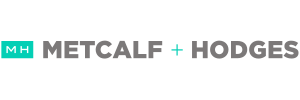Businesses may now deduct up to $2500 in asset purchases under new IRS guidance. In 2013, the IRS issued final Treasury Regulations related to tangible property used in a taxpayer’s trade or business or investment activity. The regulations took effect January 1, 2014 and were intended to clarify the rules related to capitalizing assets for depreciation – an issue historically at odds between the IRS and taxpayers. The IRS announced last week an increased de minimis safe harbor (DMSH) election amount for taxpayers from $500 to $2,500 for tax years beginning January 1, 2016. The increased threshold applies to taxpayers who do not have applicable financial statements such as an audit. The DMSH threshold for business with audited financial statements remains unchanged at $5,000.
What this means for small business taxpayers
The de minimis safe harbor allows taxpayers to deduct items that cost $2500 or less that would normally qualify as a capital expense subject to depreciation over its useful life. The $2500 threshold applies per invoice or per item substantiated by an invoice (the item is detailed on a receipt).
For example, you purchase a computer for use in your business that costs $1500 during 2016. Under normal depreciation rules, the computer would be added to a depreciation schedule and deducted over 5 years. If you adopt and elect the de minimus safe harbor election on your 2016 income tax return, you may deduct the entire $1500 cost of the computer in 2016.
To use the de minimis safe harbor election, you must expense these amounts on your books for the year consistent with accounting procedures or policy existing at the beginning of the tax year.
Guidance from the IRS was published on November 24, 2015 – Notice 2015-82.
